

The Story of Layla and Majnun: Romeo and Juliet of the East
In 1192, a Persian poet by the name of Nizami Ganjavi composed a poem based on the tragic story of another young poet named Qays ibn al-Mullawah, whose love for one Layla drove him completely mad. Centuries earlier, Qays had fallen in love with his classmate, Layla, and she with him, yet her parents objected to the relationship between the two. Even with the help of his friends and acquaintances, Qays was not able to unite with his great love. But he would not give up. Wherever he went and whomever he met, he was reminded of Layla. Whenever he got a chance, he would sing of his love for her. This soon won him the nickname Majnun (Arabic for ‘possessed’.)
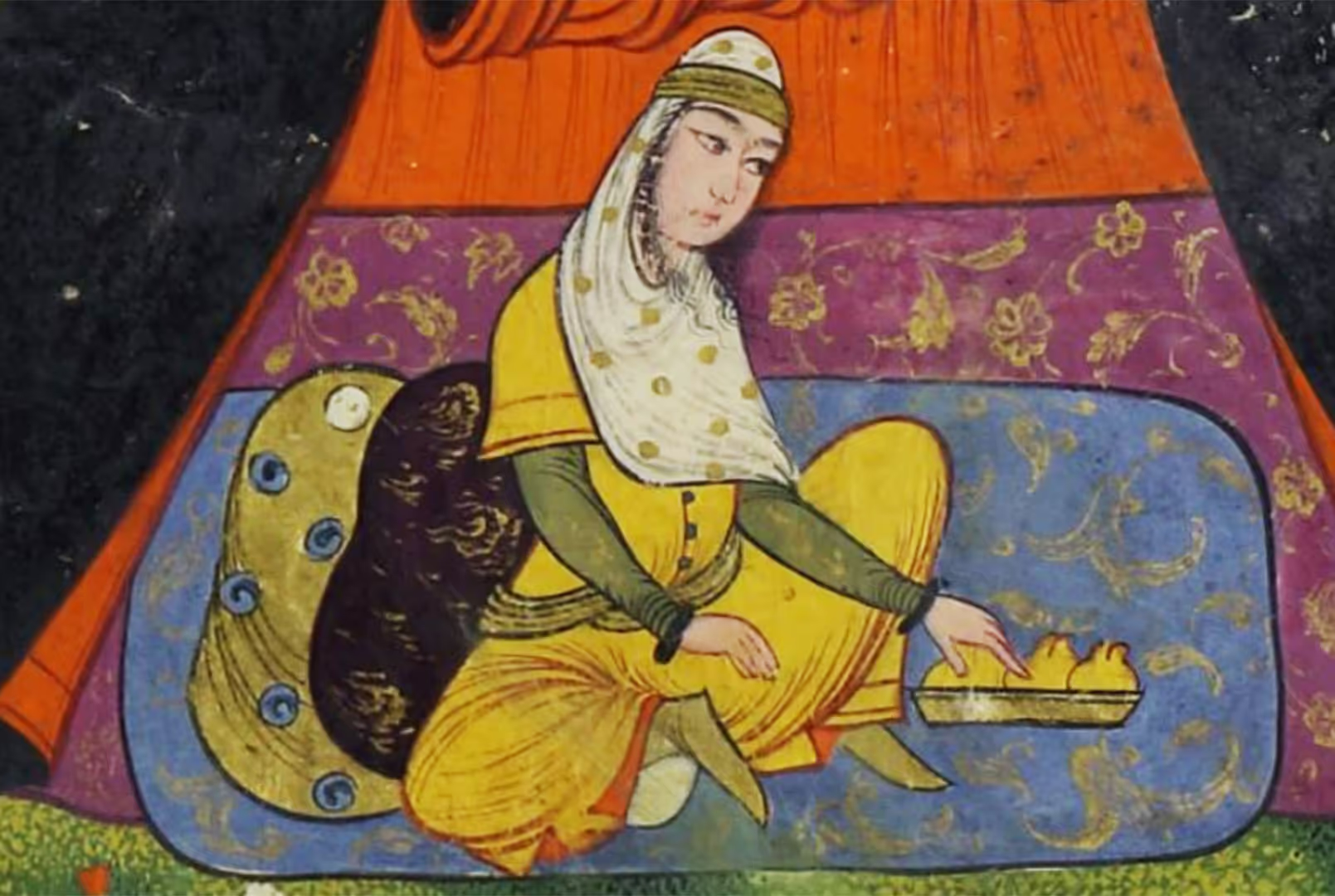
In 1192, a Persian poet by the name of Nizami Ganjavi composed a poem based on the tragic story of another young poet named Qays ibn al-Mullawah, whose love for one Layla drove him completely mad. Centuries earlier, Qays had fallen in love with his classmate, Layla, and she with him, yet her parents objected to the relationship between the two. Even with the help of his friends and acquaintances, Qays was not able to unite with his great love. But he would not give up. Wherever he went and whomever he met, he was reminded of Layla. Whenever he got a chance, he would sing of his love for her. This soon won him the nickname Majnun (Arabic for ‘possessed’.)

In 1192, a Persian poet by the name of Nizami Ganjavi composed a poem based on the tragic story of another young poet named Qays ibn al-Mullawah, whose love for one Layla drove him completely mad. Centuries earlier, Qays had fallen in love with his classmate, Layla, and she with him, yet her parents objected to the relationship between the two. Even with the help of his friends and acquaintances, Qays was not able to unite with his great love. But he would not give up. Wherever he went and whomever he met, he was reminded of Layla. Whenever he got a chance, he would sing of his love for her. This soon won him the nickname Majnun (Arabic for ‘possessed’.)



The brokenhearted Majnun fled to the desert, where he continued writing poems for his loved one, tracing the words in the sand before they were carried off by the desert wind. Anguished and helpless, the thought of Layla kept Majnun awake at night. While he slowly lost touch with humanity, Layla remained loyal to Majnun. Her parents forced her to marry another man, though she refused to consummate the marriage, rejecting his attempts to woo her. With the help of a Persian nobleman, Layla was able to arrange to meet with Majnun.

The brokenhearted Majnun fled to the desert, where he continued writing poems for his loved one, tracing the words in the sand before they were carried off by the desert wind. Anguished and helpless, the thought of Layla kept Majnun awake at night. While he slowly lost touch with humanity, Layla remained loyal to Majnun. Her parents forced her to marry another man, though she refused to consummate the marriage, rejecting his attempts to woo her. With the help of a Persian nobleman, Layla was able to arrange to meet with Majnun.

The brokenhearted Majnun fled to the desert, where he continued writing poems for his loved one, tracing the words in the sand before they were carried off by the desert wind. Anguished and helpless, the thought of Layla kept Majnun awake at night. While he slowly lost touch with humanity, Layla remained loyal to Majnun. Her parents forced her to marry another man, though she refused to consummate the marriage, rejecting his attempts to woo her. With the help of a Persian nobleman, Layla was able to arrange to meet with Majnun.

The two did not physically touch each other in that last encounter. Instead, they read love poems to one another from a distance, before Majnun fled back to the desert. When Layla’s husband died, she was finally able to grieve publicly. Those around her believed she was grieving the death of her husband, while in fact she was crying over the ongoing separation from her great love, Majnun.
Shortly after, she died of heartbreak and was buried, per her request, in her wedding gown. Majnun rushed to her graveside and died as soon as he saw it. And so, the two were buried side by side, their graves becoming a pilgrimage site – a symbol of their reunion, achieved only in death. Nizami’s poem ends with the dream of a common friend of the couple, in which the two are united in their love, living happily ever after in heaven, as a king and queen.
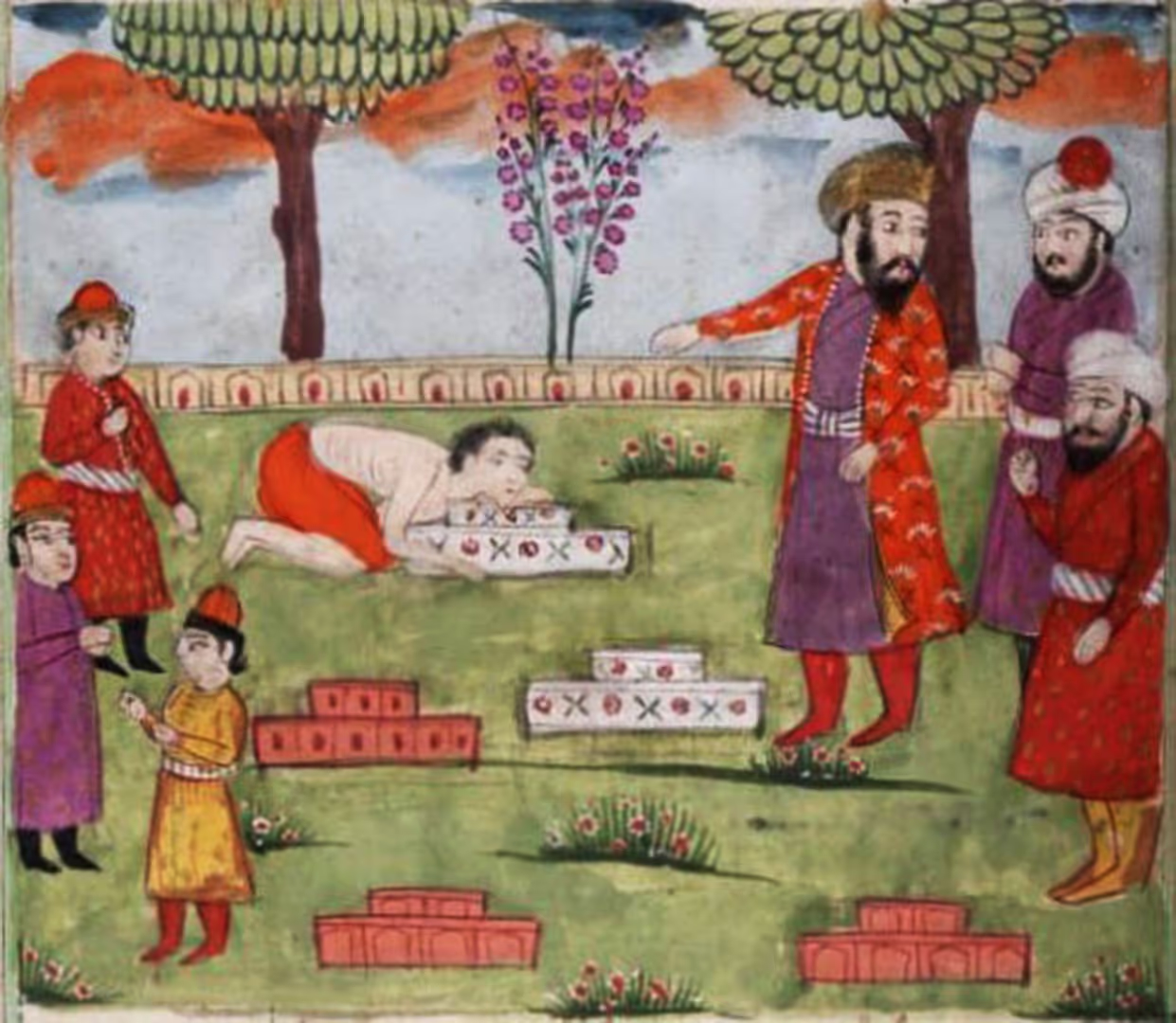
The two did not physically touch each other in that last encounter. Instead, they read love poems to one another from a distance, before Majnun fled back to the desert. When Layla’s husband died, she was finally able to grieve publicly. Those around her believed she was grieving the death of her husband, while in fact she was crying over the ongoing separation from her great love, Majnun.
Shortly after, she died of heartbreak and was buried, per her request, in her wedding gown. Majnun rushed to her graveside and died as soon as he saw it. And so, the two were buried side by side, their graves becoming a pilgrimage site – a symbol of their reunion, achieved only in death. Nizami’s poem ends with the dream of a common friend of the couple, in which the two are united in their love, living happily ever after in heaven, as a king and queen.

The two did not physically touch each other in that last encounter. Instead, they read love poems to one another from a distance, before Majnun fled back to the desert. When Layla’s husband died, she was finally able to grieve publicly. Those around her believed she was grieving the death of her husband, while in fact she was crying over the ongoing separation from her great love, Majnun.
Shortly after, she died of heartbreak and was buried, per her request, in her wedding gown. Majnun rushed to her graveside and died as soon as he saw it. And so, the two were buried side by side, their graves becoming a pilgrimage site – a symbol of their reunion, achieved only in death. Nizami’s poem ends with the dream of a common friend of the couple, in which the two are united in their love, living happily ever after in heaven, as a king and queen.

Since Nizami published his poem in the 12th century, the story of Layla and Majnun has traveled far beyond the Persian world. Many different versions were created and the romance is among the most imitated works in Persian. Before it was translated into European languages in the 18th and 19th centuries, a range of Arab and Persian poets who hoped to achieve something approaching Nizami’s stature composed Layla-and-Majnun poems of their own.
Even the 1970 song Layla, written by British musician Eric Clapton, was inspired by the tale. Clapton became familiar with the story, and was able to relate to its theme of unattainable love, which reflected his own feelings toward Pattie Boyd, the wife of his friend George Harrison.
Since Nizami published his poem in the 12th century, the story of Layla and Majnun has traveled far beyond the Persian world. Many different versions were created and the romance is among the most imitated works in Persian. Before it was translated into European languages in the 18th and 19th centuries, a range of Arab and Persian poets who hoped to achieve something approaching Nizami’s stature composed Layla-and-Majnun poems of their own.
Even the 1970 song Layla, written by British musician Eric Clapton, was inspired by the tale. Clapton became familiar with the story, and was able to relate to its theme of unattainable love, which reflected his own feelings toward Pattie Boyd, the wife of his friend George Harrison.
Since Nizami published his poem in the 12th century, the story of Layla and Majnun has traveled far beyond the Persian world. Many different versions were created and the romance is among the most imitated works in Persian. Before it was translated into European languages in the 18th and 19th centuries, a range of Arab and Persian poets who hoped to achieve something approaching Nizami’s stature composed Layla-and-Majnun poems of their own.
Even the 1970 song Layla, written by British musician Eric Clapton, was inspired by the tale. Clapton became familiar with the story, and was able to relate to its theme of unattainable love, which reflected his own feelings toward Pattie Boyd, the wife of his friend George Harrison.
The National Library of Israel is in possession of nine different versions of Nizami’s work. One of them is a beautifully illuminated manuscript copied by Muhammad ibn Mulla Mir al-Ustadi, around the year 1602. It contains many marvelous pictures, like the one below showing a young Majnun embracing a blue-eyed doe, a symbol of his one and only, long-lost love, Layla.

The National Library of Israel is in possession of nine different versions of Nizami’s work. One of them is a beautifully illuminated manuscript copied by Muhammad ibn Mulla Mir al-Ustadi, around the year 1602. It contains many marvelous pictures, like the one below showing a young Majnun embracing a blue-eyed doe, a symbol of his one and only, long-lost love, Layla.

The National Library of Israel is in possession of nine different versions of Nizami’s work. One of them is a beautifully illuminated manuscript copied by Muhammad ibn Mulla Mir al-Ustadi, around the year 1602. It contains many marvelous pictures, like the one below showing a young Majnun embracing a blue-eyed doe, a symbol of his one and only, long-lost love, Layla.



tab1img1=An illustration of Layla, circa 1602
tab2img3=Majnun portrayed in an illustrated manuscript from Kashmir, 1798
tab3img3=An illustration from the late 18th century Kasmiri manuscript
tab5img1=A forlorn Majnun embraces a blue-eyed doe, early 17th century manuscript




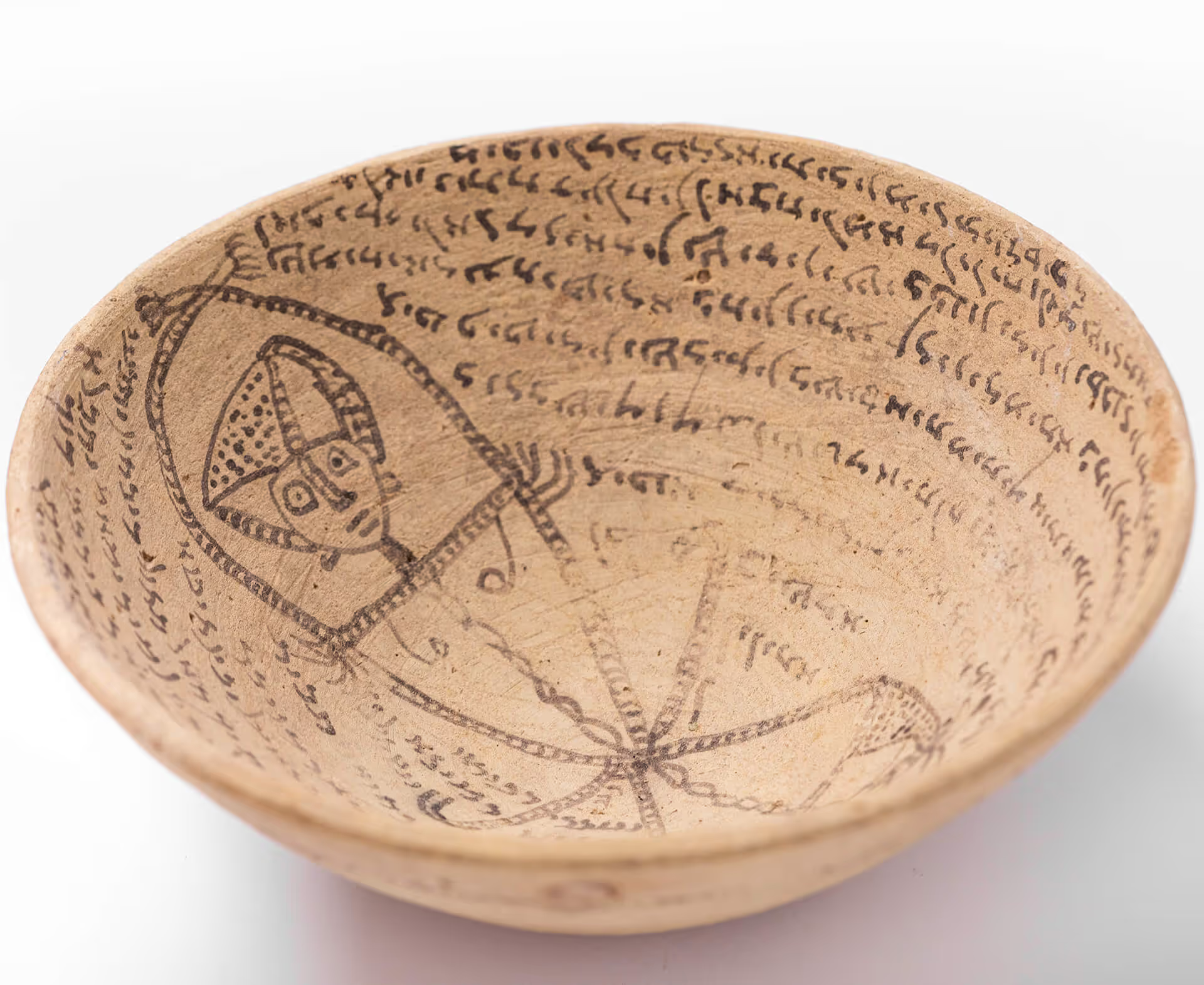
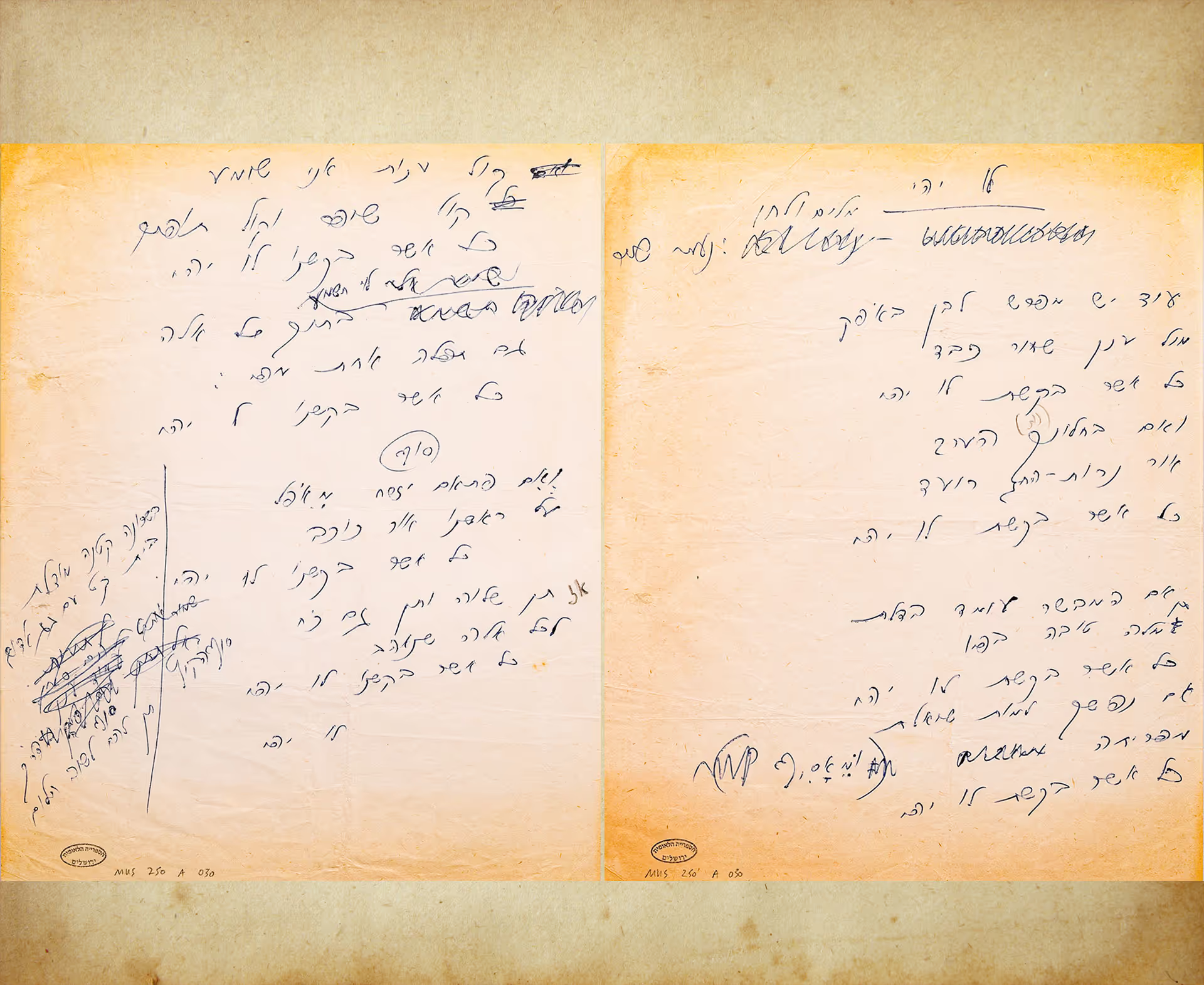
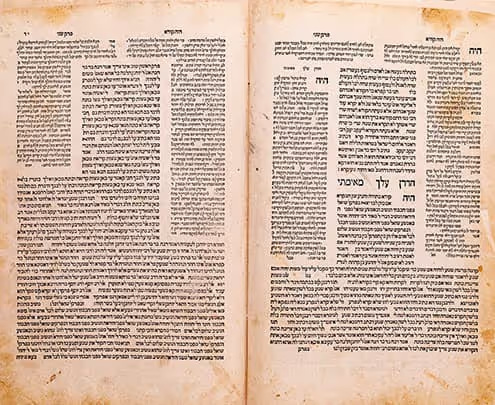







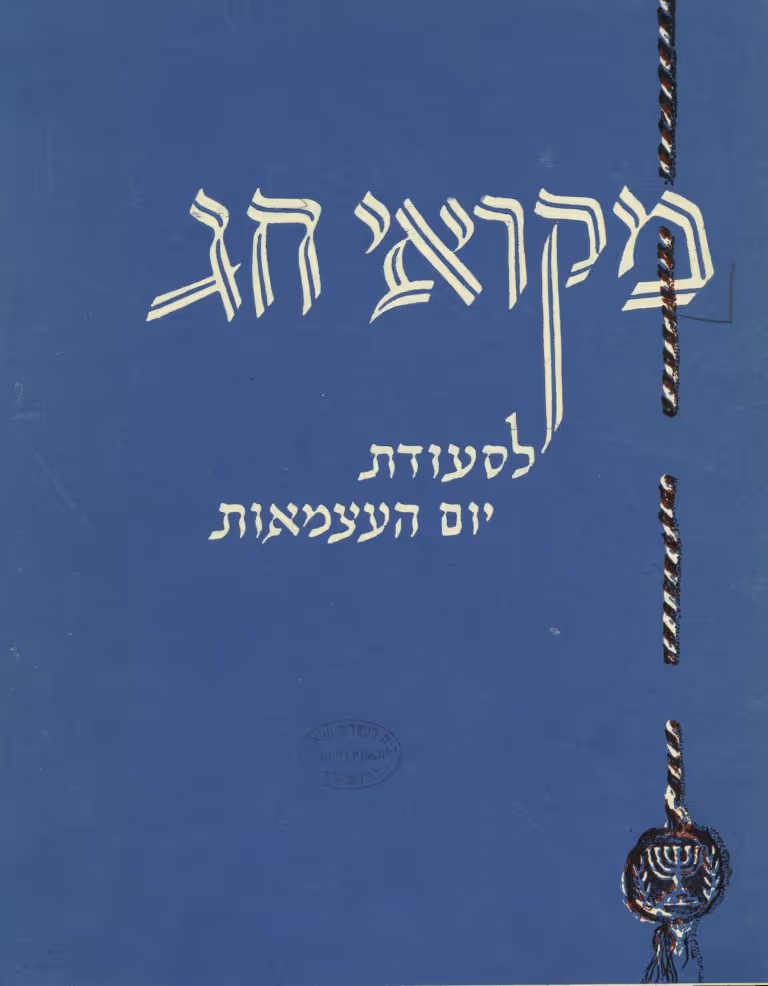
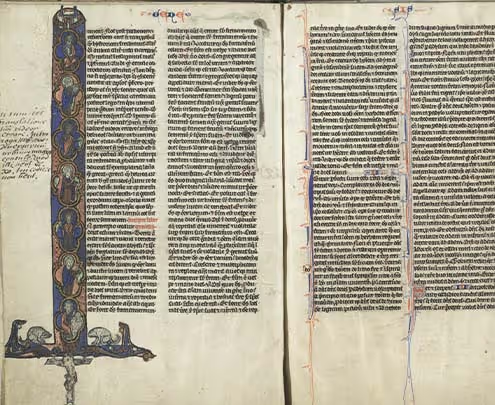

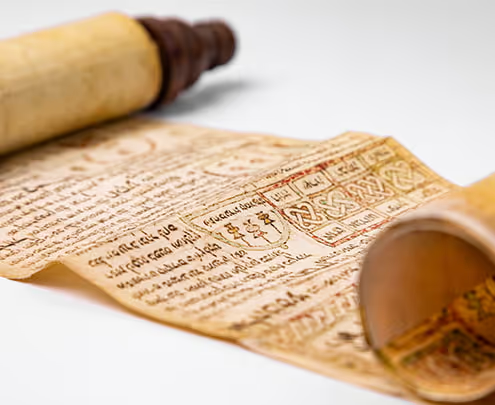


.avif)
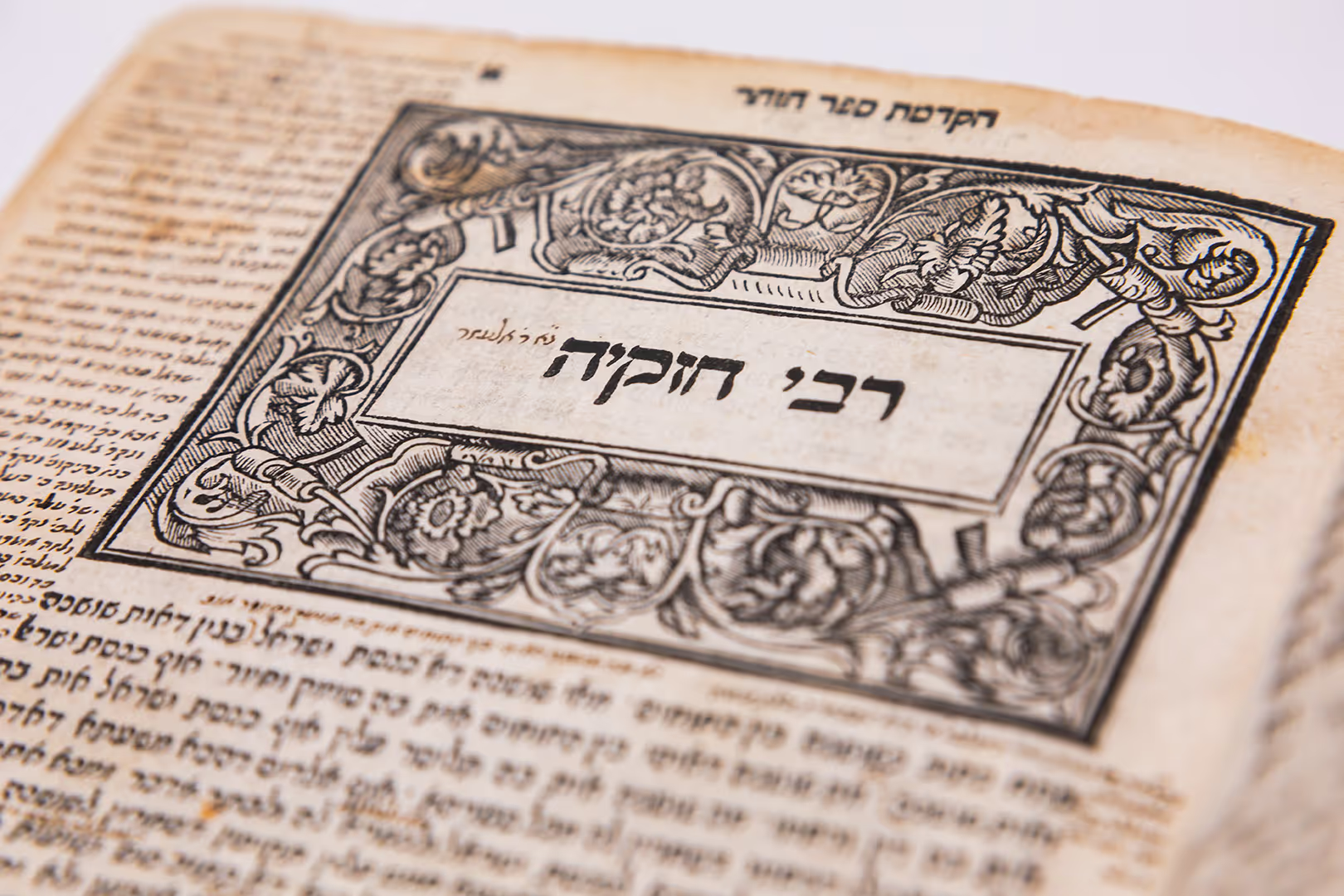





.svg)





